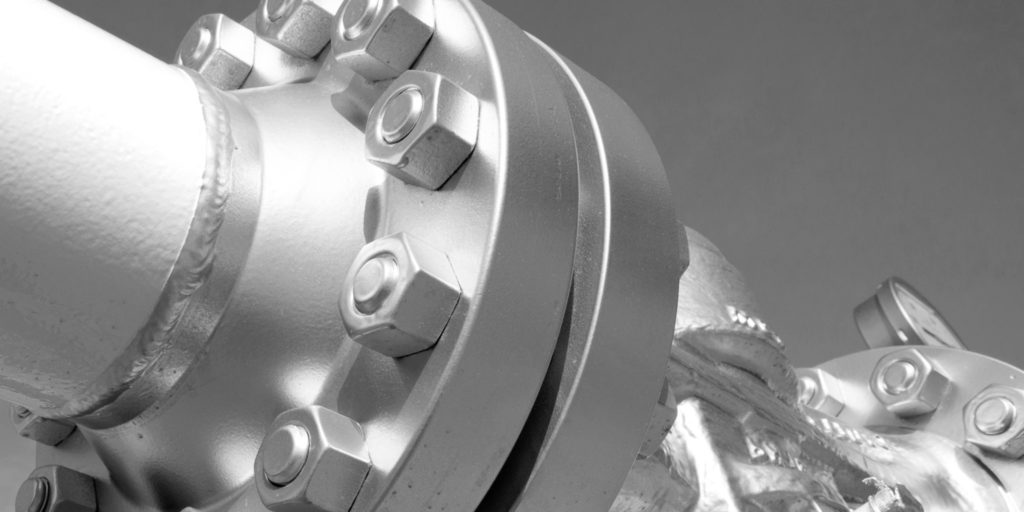
Type of Dynamic Force Sensors
Force transducers, also known as force sensors, come in a variety of shapes, sizes, and capacities, ranging from a fraction of an ounce to hundreds of tons. They convert applied mechanical forces into electrical output signals, which are sent to indicators, controllers, or computers and convey a lot of useful information. Early force sensors were mostly hydraulic sending pressure signals to indicator gauges, but these days, there are many more options available to you, from the simple to the complex. They can be used in a variety of devices such as scales and blood pressure monitors, and they can use digital or analog outputs. They also measure force in several different ways, and here we have the major categories.
Pressure
Hydraulic load cells are still available, of course, and many people choose to use them for their durability. Since they are sealed systems, they are resistant to contaminants and are fairly reliable in very large force transducer measurement. Pneumatic load cells operate similarly but are built a little differently and use air instead of hydraulic fluid.
Strain Gauge Load Cells
Force measurement load cells are the most common sensors, largely because they are fairly accurate, relatively inexpensive, and can be used with high resolution indicators. Unlike the previous sensors that relied on change in fluid pressure due to applied load, these sensors get their readings based on the change in electrical resistance of a strain gauge and the distortion of a mechanical member the gauge is attached to under applied load.
Piezoelectric Crystals
Some crystals exhibit particular phenomena. When a force is applied to the crystal, it generates electric potential (voltage). This voltage is proportional to load applied. This phenomenon has been used in force transducers, particularly for dynamic force measurements when the applied load changes at a rapid rate as in shock waves. These sensors do not need external power supplies like strain gauge transducers. These sensors need special indicators, not suitable for static loads, and are sensitive to temperature change.
Other
Recent developments in dynamic force measurement sensors include Oprical, Ultrasound, Magnetic, Capacitive, Inductive, and magneto-elastic sensors to name some. They are used to measure wind force on skyscrapers, forces in building foundations, bridge loads, rolling mill loads, thrust force of space craft boosters, etc.
